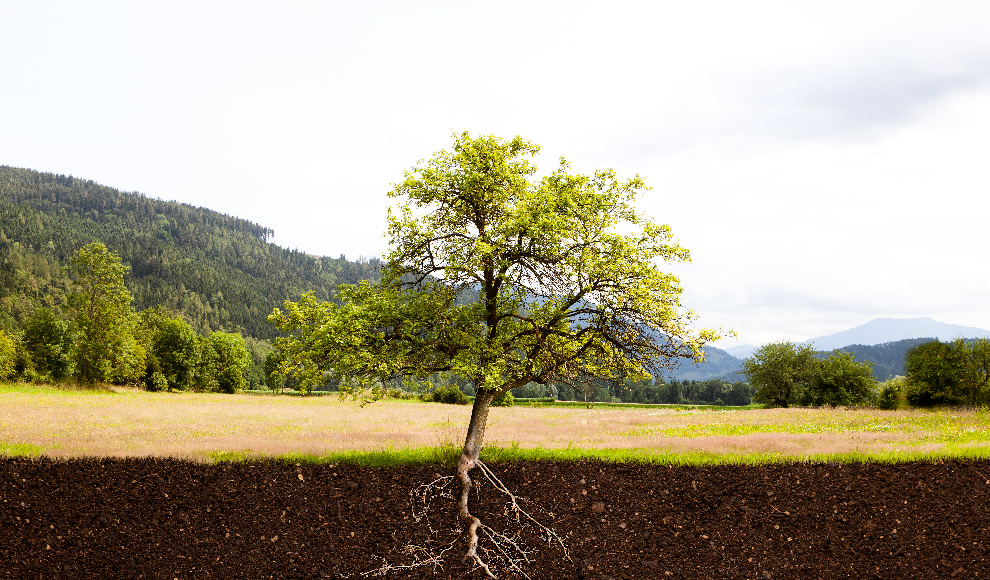Leonardo da Vinci’s “Rule of Trees” describes the proportions of a tree’s branches, trunk, and vessels that transport water through the tree. However, a new method called the “metabolic scaling theory” has now disproven this rule. Researchers from Bangor University have developed an innovative method to measure the carbon uptake process in trees, which shows how vulnerable large trees can be under drought conditions. They were able to prove that the metabolic scaling theory is not entirely correct.
Leonardo da Vinci was one of the most significant polymaths of all time, with interests ranging from sculpture, architecture, anatomy, mechanics, engineering, and natural philosophy to painting and drawing. He studied the proportions of different objects, including trees, to represent them more accurately. He developed his “Rule of Trees,” which states that all the branches of a tree, at any height, are equal in thickness to the trunk. Until now, it was believed that this rule also applied to the vessels that transport water through a tree, according to the metabolic scaling theory.
The researchers at Bangor University investigated whether the metabolic scaling theory was accurate. They developed an innovative method to measure the carbon uptake process in trees, which shows how vulnerable large trees can be under drought conditions. They found that the metabolic scaling theory is not entirely correct because a tree’s vessel system must maintain a certain hydraulic resistance to transport water and nutrients efficiently. The current calculation shows that there is a point in the vessel system where Leonardo da Vinci’s “Rule of Trees” no longer applies. This is because the tree’s vessel channels must have certain dimensions to maintain the hydraulic resistance necessary to transport fluids efficiently from the roots to the leaf tips.










